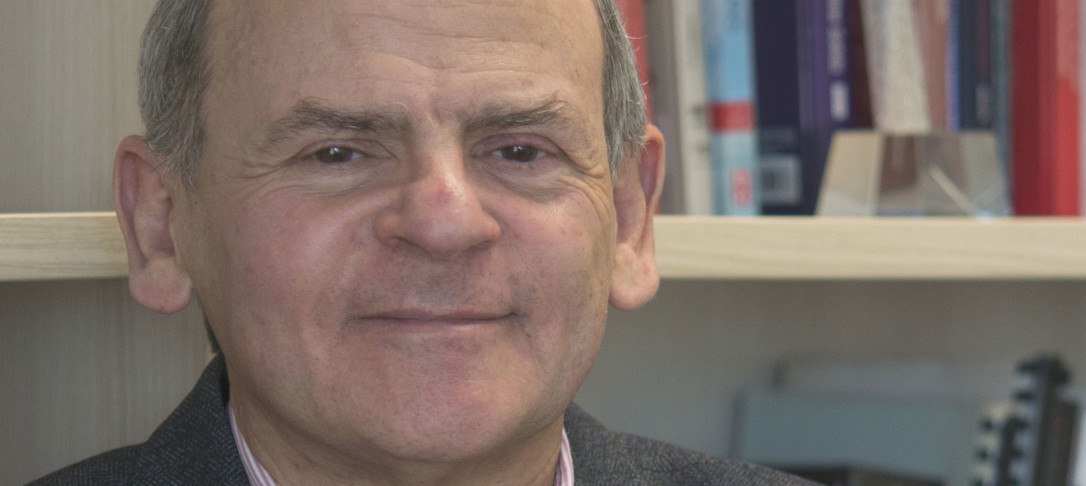
Abstract: Magnesium alloys exhibit promising properties as bone implant materials due to their biodegradability, non-toxicity and mechanical properties. Compared to steel and Ti, Mg implants can be fully re-absorbed by the human body and the mechanical properties are similar to that of the bones and do not lead to stress shielding. Porous scaffolds are ideal structures for bone regeneration as they allow tissue growth, prevent implant loosening and permit body fluid transportation. However, such structures are difficult to obtain by conventional manufacturing methods, but can be processed by additive manufacturing strategies.
Lattice structures of Mg-RE alloys with different strut sizes and lattice geometries were manufactured by laser powder bed fusion process and modified by thermal treatments. Surface modification by means of plasma electrolytic oxidation was carried out to reduce the corrosion rate and improve cytocompatibility. The relationship between processing conditions and the microstructure was carefully analysed by means of X-ray µtomography, scanning electron microscopy and electron-backscatter diffraction as well as transmission electron microscopy. In situ synchrotron X-ray microtomography compression tests were carried out in as-printed scaffolds and after immersion in simulated body fluid. Additionally, in vitro biocompatibility studies were also conducted. Moreover, the corrosion processes were simulated by means of the finite element to ascertain the evolution of the mechanical properties of the scaffold with time in simulated body fluids. The results of the in situ mechanical tests, together with the numerical simulations, provided new insights on the deformation and fracture mechanisms of porous Mg scaffolds after immersion in simulated body fluid. Overall, these results present of the state-of-the-art on the current development of Mg scaffolds manufactured by laser power bed fusion for orthopaedic applications.
Department of Materials Science, Polytechnic University of Madrid, 28040 Madrid, Spain
IMDEA Materials Institute, C/Eric Kandel 2, Getafe, Madrid, 28906, Spain
Mini Biography: Professor Javier Llorca is scientific director and founder of the IMDEA Materials Institute and professor and head of the research group on “Advanced Structural Materials and Nanomaterials” at the Polytechnic University of Madrid. A Fulbright scholar, he is Fellow of the European Mechanics Society and of the Materials Research Society, member of the Academia Europaea and has held visiting positions at Brown University, Shanghai Jiao Tong University, Indian Institute of Science and China Central South University. In addition, he is co-founder of Anailytica, a start-up company to exploit the power of machine learning to materials science.
His research interests are focused in the development of new materials for engineering applications in transport, energy and health. The processing-structure-properties relationships of materials are established by means of different computational tools (ab initio, cluster expansion, molecular mechanics, dislocation dynamics, phase field, computational thermodynamics, computational mechanics, etc.) and multiscale modeling strategies (transition state theory, homogenization, etc.) as well as in situ and in operando characterization techniques. Particular emphasis is paid to the interaction among biological, chemical and mechanical processes. This information is used to design new materials that are manufactured by means of advanced processing techniques (including additive manufacturing of metallic alloys, polymers and composites, magnetron sputtering, etc.).
His current research interests – within the framework of Integrated Computational Materials Engineering – are aimed at the design of advanced materials for engineering applications in transport, health care (implants) as well as energy (catalysis), so new materials can be designed, tested and optimized in silico before they are actually manufactured in the laboratory.


